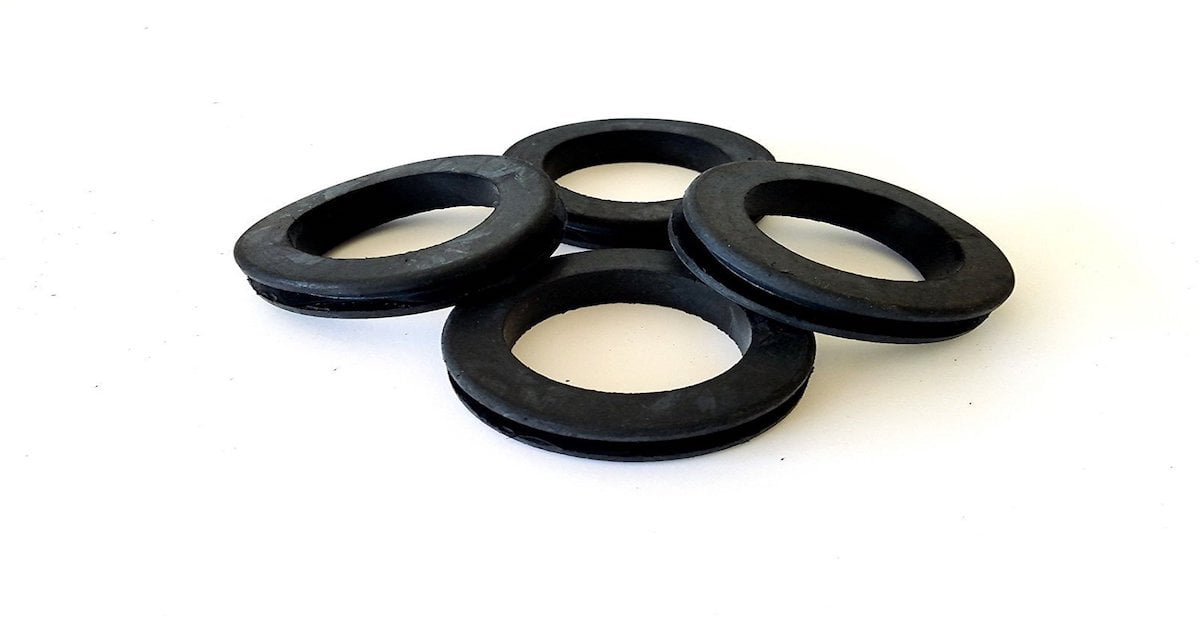It’s the time of year for saving money!
For those of us that participate in the high performance audio hobby, there exists a single united cause. It might be argued this singular cause is the “raison d’être” in the practice of the audiophile arts. It is what we strive to achieve and the dedications we undertake in its practice are nearly all consuming. That cause is, of course, better sonics through our audio systems.
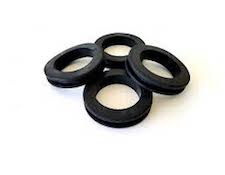 Regardless of system cost, be it more budget minded or stratospherically high, many of us seek better sonics through better and ever increasing levels of quality and capable equipment, cables and speakers. In spite of this fact, I’d say with a measure of decided certainty that most, if not many of us have, at the very least, considered a low cost option to enhance system performance. Those low cost options are, of course, tweaks.
Regardless of system cost, be it more budget minded or stratospherically high, many of us seek better sonics through better and ever increasing levels of quality and capable equipment, cables and speakers. In spite of this fact, I’d say with a measure of decided certainty that most, if not many of us have, at the very least, considered a low cost option to enhance system performance. Those low cost options are, of course, tweaks.
Cost notwithstanding, and some of them are actually free, tweaks to an audio system sustain their popularity because at our core, we all want something for as close to nothing as we can manage. Having a product that provides sonic improvement while leaving the wallet largely unscathed will always be rightfully championed. It is the believability factor that sometimes gets in the way.
Some tweaks, like ensuring the screws that attach drivers to speaker housings are nice and snug are not only free, it is also a practice that works. Another is keeping the contacts and connectors of cables, power cords, and interconnects clean and free from oxidation. That one works also. Others, however, have claims that hover in the fringe of impossibility and are therefore viewed with skepticism and ridicule.
While no tweak is going to provide life altering sonic improvement, though some claim to do exactly that, it is the promise of noticeable, albeit incremental improvements for almost no cost that entice us to at least “give it a try.”
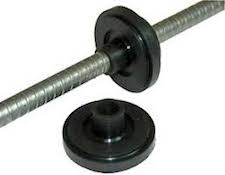 For several years, I have read on more than one occasion that inserting a spacer of some kind between the points where the various cables behind the rack touch each other delivers improved sonics. One such claim involved the use of Styrofoam packing peanuts to separate anyplace where two cables, and especially power cords, come in contact with one another.
For several years, I have read on more than one occasion that inserting a spacer of some kind between the points where the various cables behind the rack touch each other delivers improved sonics. One such claim involved the use of Styrofoam packing peanuts to separate anyplace where two cables, and especially power cords, come in contact with one another.
In a perfect world, all cable looms would be laid out precisely and systemically in absolute perfection behind the rack, and no two pieces of wire would ever touch. This utopian ideal is seldom ever possessed by anyone, and certainly not by me. Look behind my audio rack and it more closely resembles a bowl of wet spaghetti. So it was with a certain and decided level of curiosity that I thought why not, let’s try it and see what happens. Just for fun. What do I have to lose?
Separating audio cables and preventing them from touching, especially touching each other in parallel, seems like a wise thing to do. Particularly where power cords come in contact to interconnects, noise from one cable may bleed into another, and therefore trace through the system as distortion. The accepted recommendation is that if cables must touch each other, they should do so only at right angles. So it should follow that preventing them from touching at all would naturally improve the sonics.
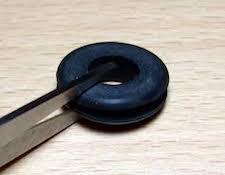 I found some round rubber grommets on Amazon that looked up to the task. I decided to not use Styrofoam because I felt like it might harbor static electricity. And if I’m going to do this, I certainly do not want to make things worse by the addition of static. So ½” diameter round rubber grommets got the nod. I could cut them, wrap them around my cables, and prevent any two or more from touching. Because they were rubber (I could not, just by looking at them, determine if they were a synthetic rubber, or EPDM, or an injection molded rubber compound like Santoprene), I naturally reasoned if this experiment provided any sonic benefit at all, using a rubber compound would be the better material. Cost was minimal, and at $7.70 for a package of ten, the price certainly qualified as a “tweak.” I ordered two packs.
I found some round rubber grommets on Amazon that looked up to the task. I decided to not use Styrofoam because I felt like it might harbor static electricity. And if I’m going to do this, I certainly do not want to make things worse by the addition of static. So ½” diameter round rubber grommets got the nod. I could cut them, wrap them around my cables, and prevent any two or more from touching. Because they were rubber (I could not, just by looking at them, determine if they were a synthetic rubber, or EPDM, or an injection molded rubber compound like Santoprene), I naturally reasoned if this experiment provided any sonic benefit at all, using a rubber compound would be the better material. Cost was minimal, and at $7.70 for a package of ten, the price certainly qualified as a “tweak.” I ordered two packs.
Actually attaching the grommets proved to be somewhat difficult. Because I cut them – I was not about to start disconnecting cables and the end of power cords were too large in diameter anyway – they did not fit especially tight on some of my cables. So the predominate way they stayed in place was by being held by two cables. As soon as I moved a cable to attach the next grommet, the previous one moved and slipped away, thus allowing the cables to again touch. Because this was an experiment, I was not going to do anything permanent. Soon enough, however, everything was in place and I was ready to find out if experimentation yielded positive results, or conversely, failure. I mean, seriously, I had just over $15.00 in this project and I wanted my money’s worth.
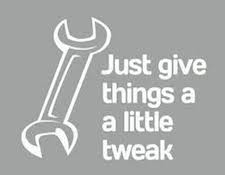 Like most audiophiles, I have a list of songs I know quite well. For my listening test, I cued up five of the ones I use most often. I was so absolutely convinced I would hear nothing at all, for about the first minute of song one, that is precisely what I heard. Or so I thought.
Like most audiophiles, I have a list of songs I know quite well. For my listening test, I cued up five of the ones I use most often. I was so absolutely convinced I would hear nothing at all, for about the first minute of song one, that is precisely what I heard. Or so I thought.
Wait, what was that? Is the bass track, admittedly by a small margin, just even a tiny bit clearer? Yes? Wait, what am I hearing, are the vocals slightly more understandable? Yes? By the end of song five I had reached the inescapable conclusion that absolutely, the sonics had improved. Night and day difference? Hardly. In fact, anyone not familiar with my system would have probably never noticed any changes at all. But I noticed. And when spending just slightly north of $15.00 for a sonic improvement on my system actually yields a positive result, say no more. This is a tweak that worked, at least for me.
